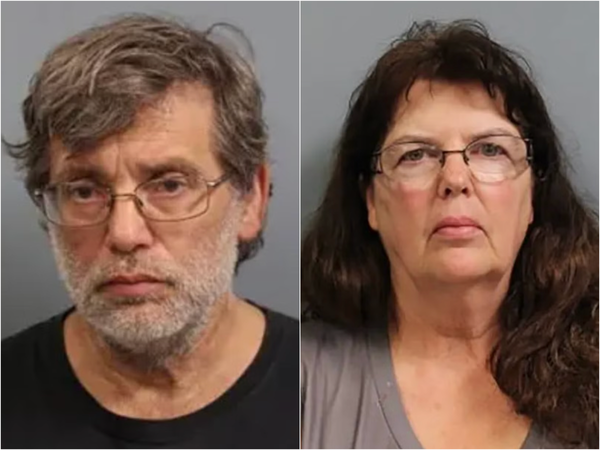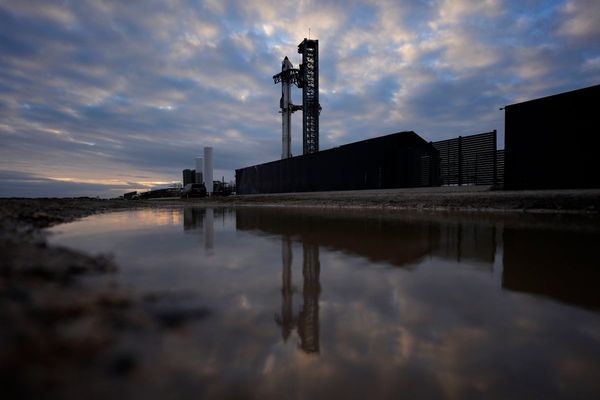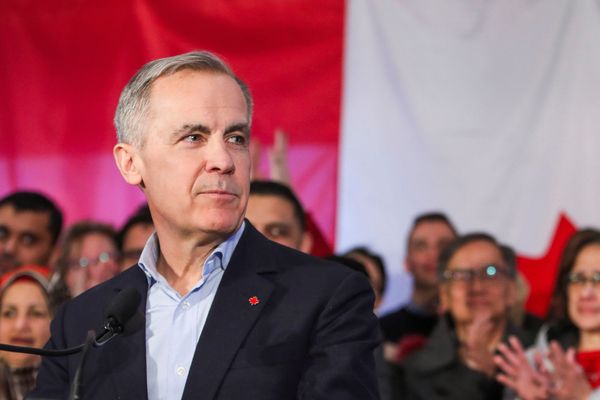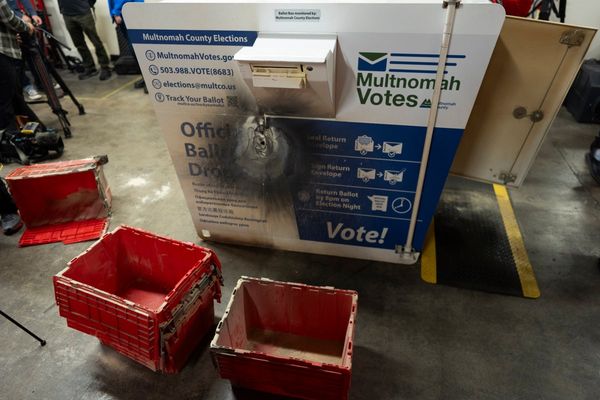For a half-century, Jacques Villeglé, one of the greatest names in 20th-century French art, scoured the walls of urban landscapes retrieving anonymous, torn and deteriorated posters with a strong visual impact to turn into paintings that spoke of street life and constituted a memory of the city. His lesser-known, graphic socio-political alphabets filled with signs and symbols were highlighted in Alphabet(s) – his first major gallery show based on this series – at Vallois Gallery in Paris in 2021. Initially inspired by a piece of graffiti spotted in the metro, he borrows phrases from others and transposes them onto paper, canvas or wall, inviting viewers to decipher his words and codes. Today, aged 96, the acuteness of his eye is just as extraordinary as when he first began, proving he’s still as contemporary and daring as ever. I sit down with him to discuss his origins.

Tell me about your family and childhood.
My father was a teller at the Bank of France. My mother came from a family in which no woman worked. At the end of 1929, my father was moved from Quimper to Cognac. Cognac had been chosen by my mother because Norman families had recently settled there as a result of marriages. This was not a happy choice because she had high-ranking connections in the city such as the Firino-Martells, and it created jealousy from the director, who only had them as clients. I have fond memories of our apartment, of which one third was used for receptions. My elder brothers were boarders at the Jesuit secondary schools in Tours, where my father’s cousin lived. He worked as a traveling preacher. In 1935, our family moved to Vannes. In my parents’ circle, there were no women with a profession. It was only during the Occupation that young girls’ futures began to worry parents. Because of the consequences of the Popular Front of 1936 and the economic consequences that the country was experiencing, they prepared them for a professional activity in directions that were little known to them.
Were you a part of the Resistance during WWII?
Insofar as my father physically introduced his brother-in-law, delegate of Libération-Nord, to the municipal authorities and allowed his wife and children to participate in Resistance relations, he deserved the Resistance medal. He told my mother that if she was arrested, she should say that she acted on his orders. As for me, I received an identity card from the police station making me two years younger. This allowed me to move around more freely and pass on messages. This identity card seemed to me to be a thank you from the mayor to my father for having trusted him when he had been sidelined by Vichy.

You met Raymond Hains at the Regional School of Fine Arts in Rennes in 1945 at the end of WWII. Tell me about your relationship with him and your film Penelope, which remains unfinished.
Raymond Hains enrolled in the Regional School of Fine Arts in Rennes, but, already undecided, instead of joining the school at the end of the third trimester of 1944, he only arrived on January 10, 1945. And very quickly, he stopped attending class. He went for walks and said he read Goethe. I was all the more curious about him because he didn’t seem to be interested in the esthetics of painting or sculpture. Nonetheless, he had enrolled in the sculpture atelier. His father had studied at the School of Fine Arts in Paris and had kept some contacts with sculptors in the region. But Raymond had no desire to follow in his footsteps. He always started and restarted a work, but abandoned it, let it sleep and, most of the time, forgot about it. There was something obsessive about him; he always seemed dissatisfied in his behavior. That’s why I called the abstract color film Penelope, a title he approved of without hesitation and spontaneously, whereas he was generally always hesitant before a frank “yes”. Moreover, he never finished this film, which never had a soundtrack. It was found in a trunk forgotten in a room that the Centre Pompidou had put at his disposal. This was typical and perhaps unhealthy because on certain occasions, I took care of the premises that he had to leave at the request of the owners.
As you couldn’t make a living by being an artist, you had to take on a job as an architect. How did you divide your career between art and architecture?
I knew how to work very quickly, to have short meetings with contractors. In addition, I supervised the construction of schools in Paris and some in the Seine department. Once a week, I was able to drive around the capital with a chauffeur, which helped me greatly to keep an eye on worksite hoardings that weren’t under my supervision. This allowed me to assess whether or not they were usable for my artwork.

Why did working with torn posters found in the street become your favorite medium? Was it your aim to critique consumer society and to show the era in which you live?
When I became interested in posters, we were coming out of the war. It wasn’t a question of consumption. The crisis was due to the lack of building materials. Railway accidents were common, as the equipment often dated from before the 1920’s financial crisis. The black market persisted. I date the beginning of consumer society starting from 1964. I wasn’t trying to criticize society, but to illustrate it in an original way. While I was interested in abstract painting, I regretted that nothing from everyday life could interest artists. I knew the history of the evolution of posters and had noticed that designers-creators took pleasure in working on their compositions, drawing inspiration from those of Cubist painters, among other things. This parallel didn’t displease me.







